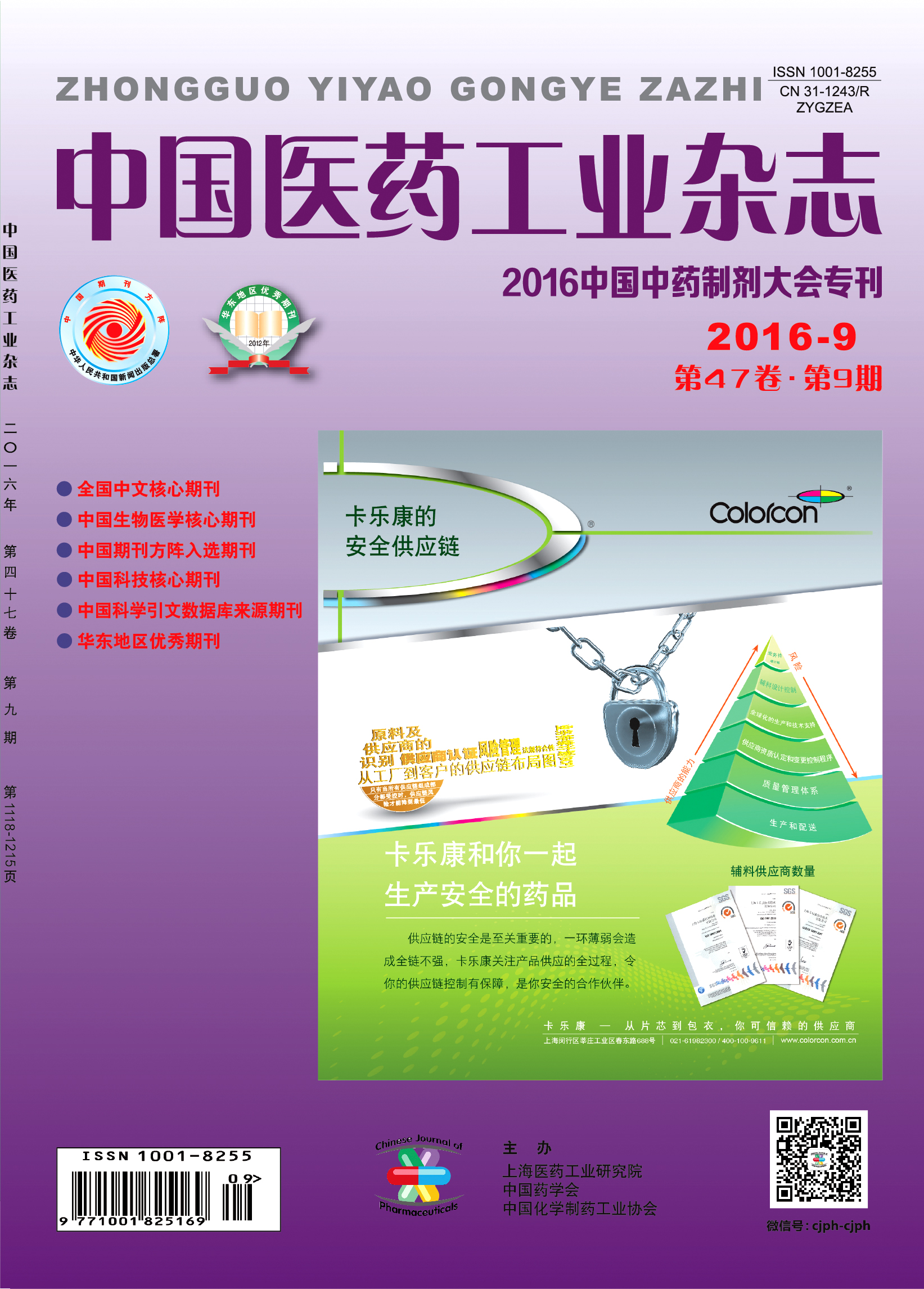FENG Yi, ZHANG Jiquan, WANG Youjie, DU Ruofei, HONG Yanlong, WU Fei
Because of the complex recipe composition and various clinical applications, the new compound drug of traditional Chinese medicine (TCM) should not be developed by limited fixed models. The research of Chinese classical prescriptions, clinical prescriptions and hospital preparations whose effects are conclusive, should follow the usage in clinical application. The impacts of the process on material base of extracting solution should be concerned, in order to maintain the maximum clinical effect. On the basis of drug safety, effectiveness, stability and controllability, the preparation process of the new compound drug of TCM should be designed and developed reasonably. By investigating the relationship between the properties of concentrated extract or dried extract, the follow-up process and product qualities, appropriate methods, process parameters and excipients will be optimized specifically to achieve the aim of improvement of the preparation process and quality of the drug products.
Key Words: new drug of traditional Chinese medicine (TCM) development; preparation process design; index
component; quality by design (QbD); review
